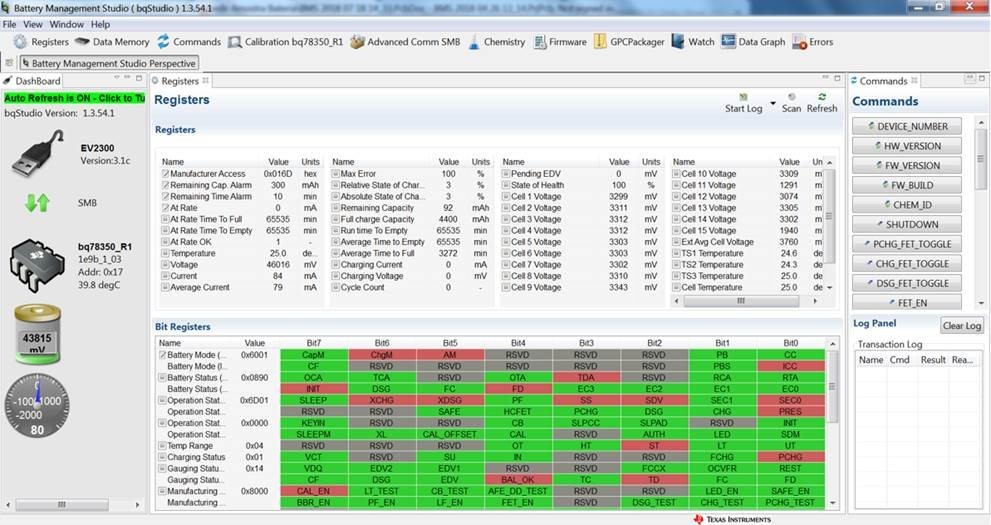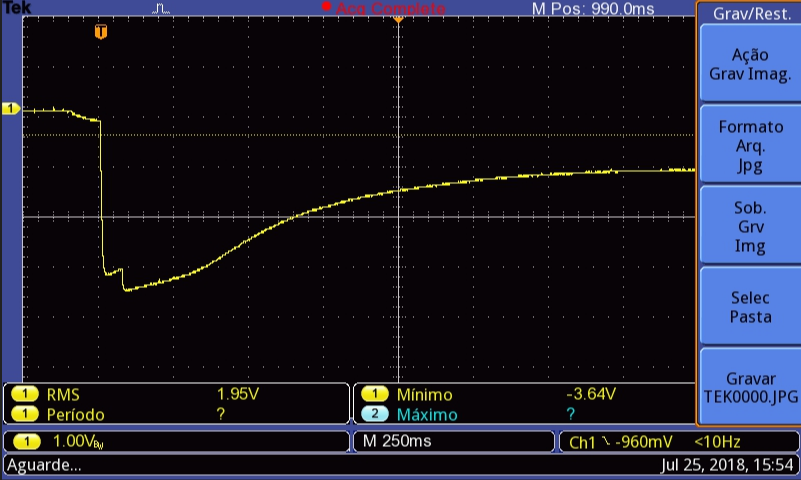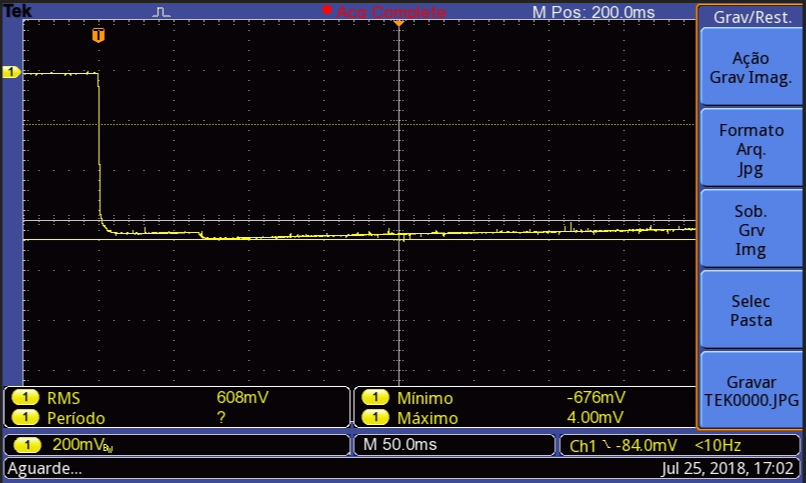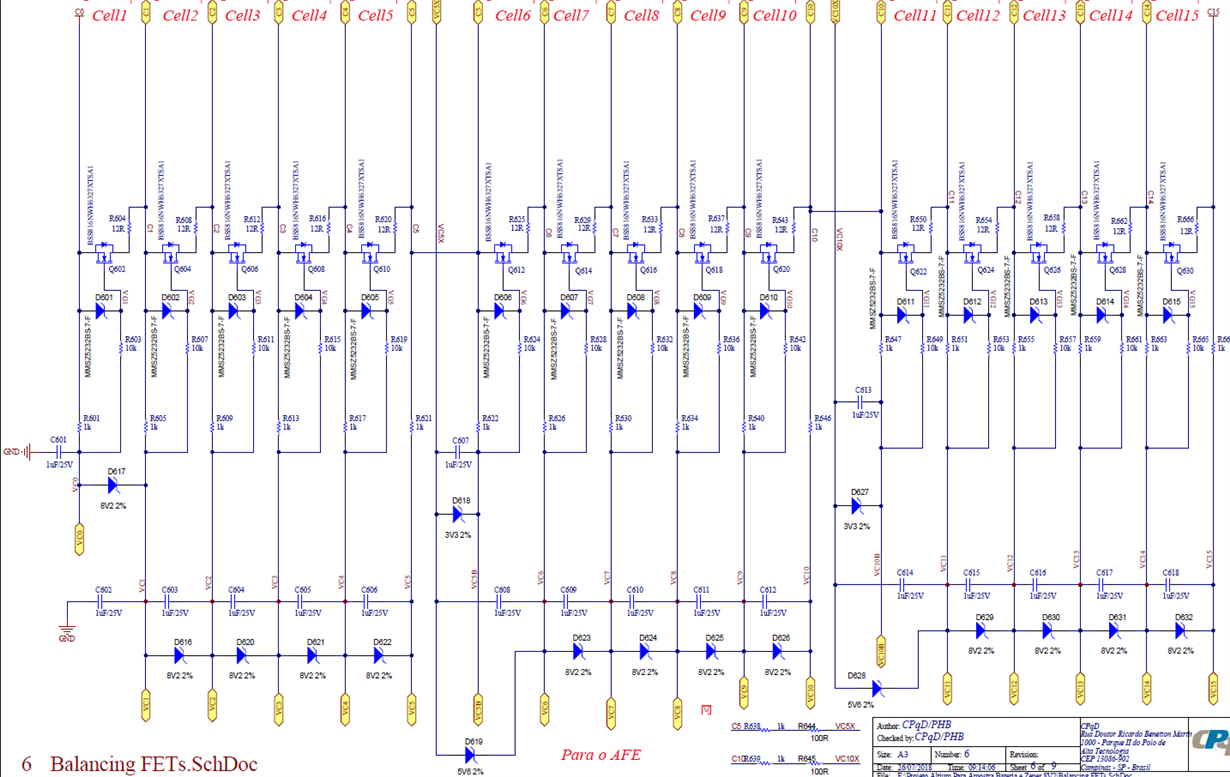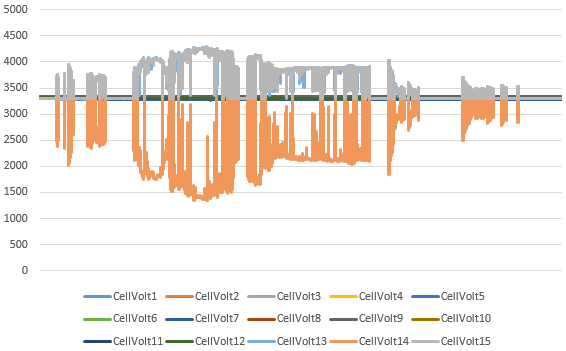Dear all,
We are facing serious problems with the bq76940 due to chip burns after a random period.
In addition, the reading reported by the chip is different from the measured in several cells.
We believe that this problem is being caused by a negative voltage generated between the pins that causes some damage to the AFE.
In the case below, we show a measurement made between VC10x-VC15 during the connection of the first cells (C1-C5) without the presence of bq76940:
It’s worth mentioning that we don’t know if this negative voltage is the cause of the problem.
How can we solve this problem? What would be the suggestion to work around this?
Attached is the schematic of our BMS.
Best regards,


